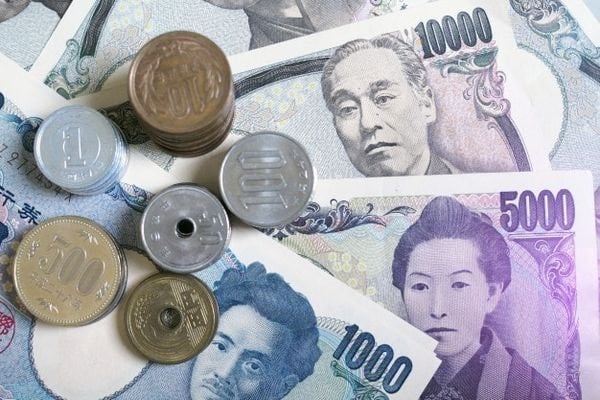In the trading session on May 15 in the North American market, the USD/JPY exchange rate fell sharply to 146.03, equivalent to a decrease of nearly 1% during the day. This was the second consecutive increase of the Yen, reflecting investors' risk aversion in the face of global financial fluctuations, and also a reaction to the depreciation of the US dollar.
The main reason for the yen's rise was US inflation data for April. The CPI rose just 2.3%, the lowest since early 2021 and much lower than expected. This caused the DXY index, which measures the strength of the USD against a basket of major currencies, to fall from a peak of 102 to around 100.5 points.
The outlook for the near term suggests that the yen’s rise could continue to be supported if the Bank of Japan (BoJ) adjusts its interest rate policy. BoJ Deputy Governor Shinichi Uchida recently expressed optimism about wage growth and sustainable inflation. The BoJ will meet on June 17 and is expected to provide further clarity on its policy direction, depending on the domestic economic situation and US policy.
On the other hand, the US Federal Reserve (Fed) is having to reconsider its policy path. Although some officials have left open the possibility of cutting interest rates, the majority of the market still believes that the Fed will keep interest rates unchanged at its July meeting, with the probability of maintaining current interest rates at 63.3%, according to the CME FedWatch forecasting tool.
In terms of technical analysis, the USD/JPY pair has broken two important support levels at 147.06 and 146.64. If it continues to decline, the next support level is 145.91. On the contrary, if there is a recovery, the nearest resistance levels are at 147.79 and 148.21. The market is currently closely monitoring the next developments to determine the trend more clearly.

On the morning of May 15, 2025, the domestic Japanese Yen exchange rate recorded a clear difference between banks.
According to the survey at 9:00 a.m., VietinBank is the unit listing the highest buying price at 175.17 VND/JPY, and also has the highest selling price at 184.87 VND/JPY.
On the other hand, Techcombank recorded the lowest buying price of 170.43 VND/JPY, while HSBC had the lowest selling price of 179.77 VND/JPY.
Overall, major commercial banks such as BIDV, Agribank, Eximbank and Vietcombank all listed buying and selling rates in the range of 170.94 to 181.92 VND/JPY.
The difference between buying and selling prices at each bank fluctuates within the range of 6 to more than 9 VND/JPY.
In the free market (black market), the Japanese Yen exchange rate is also recorded at a quite high level compared to the bank. Specifically, the buying price is 178.7 VND/JPY and the selling price is 179.94 VND/JPY.
Compared to banks, the black market has a higher buying price than most commercial banks, while the selling price is lower than some units such as VietinBank or NCB.
Source: https://baoquangnam.vn/ty-gia-yen-nhat-hom-nay-15-5-tang-manh-tai-cac-ngan-hang-3154790.html



































































































Comment (0)